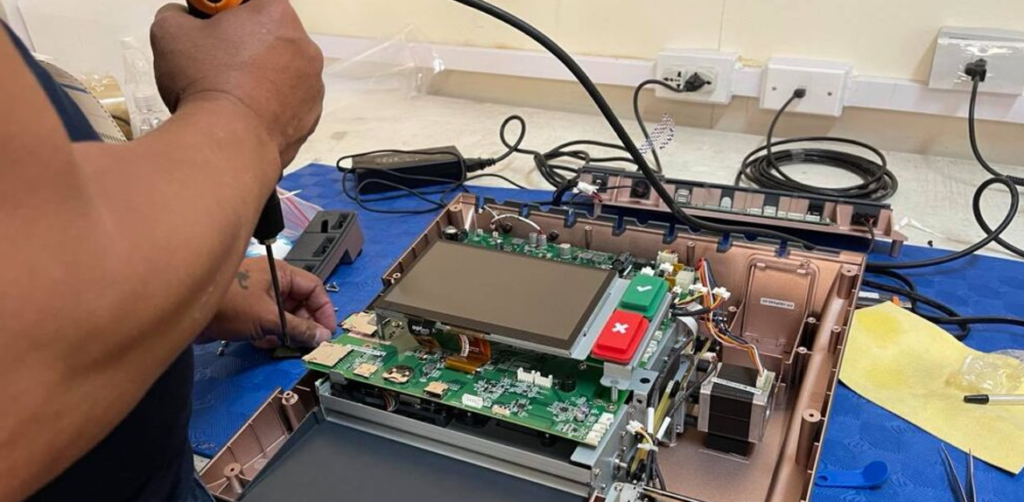Before reading this, you should read The Cycle Begins Again.
Leasing a brand new set of machines is, undoubtedly, the easiest solution. But is it the best and most sustainable solution? I argue that it isn’t.
If the COMELEC were to lease a set of new machines, it will most likely do so under a Lease With Option to Purchase (LWOP) arrangement. This will guarantee good machines for the 2025 elections. But it will also practically guarantee that COMELEC will end up buying and owning those used machines for the 2028 polls, while spending additional money to refurbish them and for the lease of additional machines to account for the increase in the number of registered voters. By 2031, money will be spent refurbishing the 2025-vintage machines, plus optioning the additional machines rented in 2028, PLUS leasing new machines – again, to account for the increase in the number of voters. This is the pattern that the COMELEC has been locked in since 2013. So maybe now is the time to change things up.
First Steps
The ideal path forward at this point – just before the start of the 2025-2028 term – is to embark on a new modernization program that will shift focus away from simply acquiring modern elections tech to developing homegrown solutions. The first step, of course, has to be taken in the halls of Congress. There must, first and foremost, be a legislative push to either amend RA 9369 – to allow the adoption of elections solutions that have not been used in a prior political exercise, or to draft a new law altogether, superseding RA 9369 and authorizing the COMELEC to develop new elections technology, either from scratch or using the existing AES as a sort of springboard for a hybridized solution.
Second, ideally without having to wait for the legislation to pass, COMELEC should begin the process of consultations, essentially delivering a set of minimum requirements, to the COMELEC Advisory Council, the Joint Congressional Oversight Committee on Automation, as well as to the information technology industry at large. I submit that the authority to embark upon this process is inherent in the COMELEC’s mandate and does not require Congressional fiat.
And third, the COMELEC should formally kick off a one-year system design period, At the end of the period (or on the 2nd year of the 2022-2025 term) all interested parties will be invited to offer their solutions at scale. For this purpose, the proposed designs can be deployed in special elections, plebiscites, and recall elections that may be pending at that time. Needless to say, Congressional authority would be required.
Minimum Requirements
I’ll be the first to say I can’t come up with a comprehensive list of specific requirements, but I do know that they fall into four broad categories: functional requirements, performance requirements, system technical requirements, and specifications. With this list, compiled by its IT personnel, elections managers, and their various consultants, the COMELEC ought to be able to describe what a viable election system should to be able to do, given the proper technological tools.
This would then be the basis for developers and other enterprising types, to design their systems for evaluation by the COMELEC Advisory Council. Hopefully within six months or so after submission, the Council would be able to write up a technology recommendation, essentially advising the COMELEC on what new directions can be taken, towards the 2025 midterm elections.

